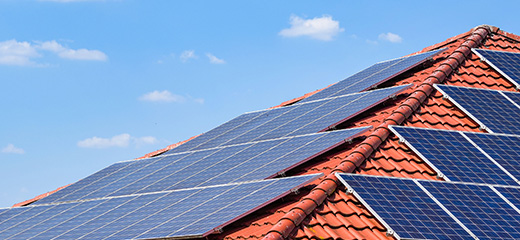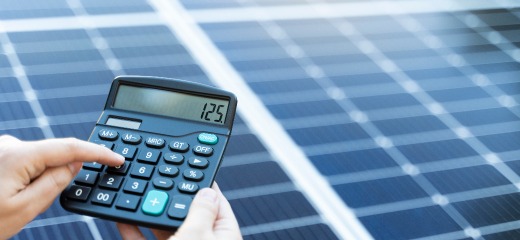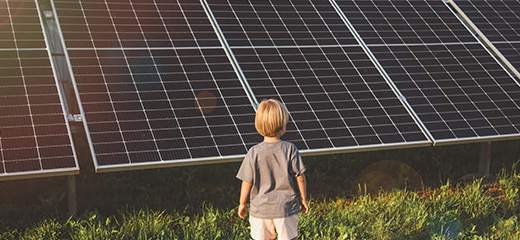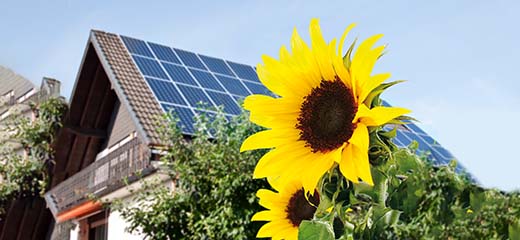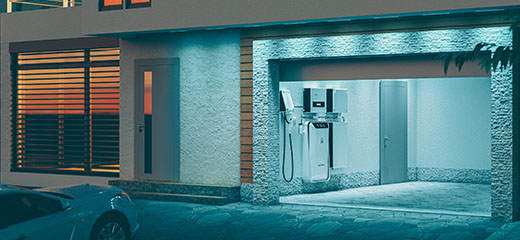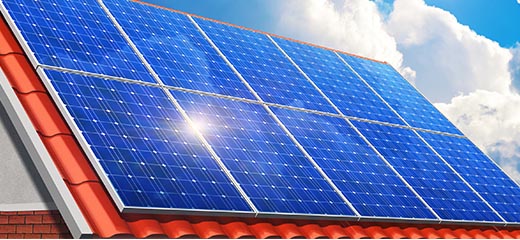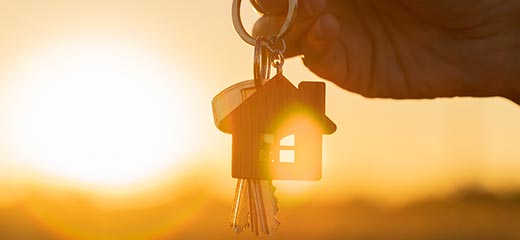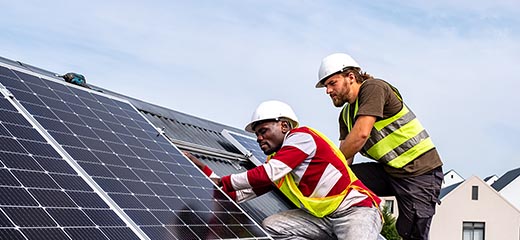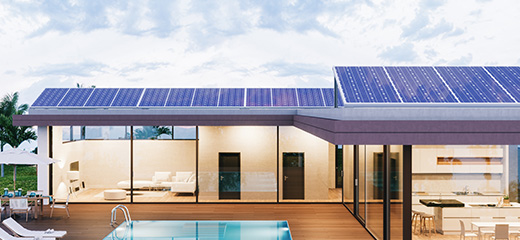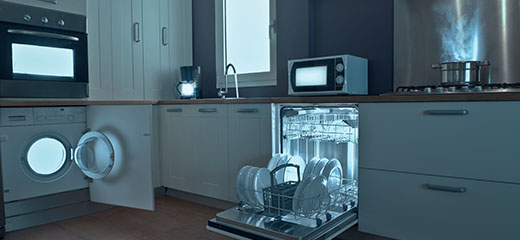
SA’s top suburbs for solar
As winter approaches and loadshedding threatens to hit higher stages, LookSee.co.za has identified the top 30 suburbs where residential properties could generate 25 gigawatt-hours a month through the installation of solar solutions.
South Africa generally offers excellent conditions for home solar installations; however, provinces, suburbs and individual homes experience a wide range of generation potential. It’s for this reason that LookSee developed the first Solar Score for South African residential properties.
Marc du Plessis, LookSee's executive head, explains:
LookSee's Solar Score is easy to use and assesses how a solar solution would perform on a specific residential property. Users simply enter their physical address to receive a Solar Score out of 100, usable roof area for solar panels, average days of sunshine, potential electricity generation, and estimated electricity bill savings.
Top solar suburbs
The system has also allowed LookSee to take a closer look at the solar generation potential of suburbs in metropolitans in Gauteng, KwaZulu-Natal, and the Western Cape.
“We identified that the top 30 suburbs could generate up to 25 gigawatt-hours of electricity a month – or 4 245 MWh per day - just from implementing solar systems on their residential properties,” says du Plessis.
Kloof in KwaZulu-Natal tops the list with a generation potential of 4,245 MWh per month from its 1 888 houses. This is followed by Atholl in Gauteng with its 764 houses able to potentially generate 2,462 MWh per month, and KZN’s Winston Park which could generate 1 530 MWh per month off its 641 homes.
“While KZN took 2 of the top 3 places, it’s worth noting that Gauteng dominated the list with 15 suburbs appearing in the top 30. This is because the inland province is closest to the equator and has higher levels of photovoltaic emissions or solar irradiance,” explains du Plessis.
“This just goes to show that the size, structure and location of a home has a real impact on the amount of electricity that could be generated from a solar system. Kloof, as an example, doesn’t have the solar irradiance benefits of a suburb in Gauteng, but its sheer size and number of houses means it could generate extraordinary amounts of solar power.”
LookSee's Solar Score currently covers freestanding homes in most cities across the country. Efforts are underway to expand the coverage to include all towns and cities in South Africa and include sectional title properties.
To see the Solar Score's coverage map, click here.
Please note:
- This analysis is based on suburb-level data for Gauteng, eThekwini Municipality and the City of Cape Town.
- Only residential suburbs containing 80 or more houses were used in analysis.
- No sectional title properties or agricultural-type suburbs were included in the analysis.
- Generation capacity is based on the maximum standard installation configuration.
The LookSee Solar Score provides insights into your roof’s potential to generate electricity and save money.
